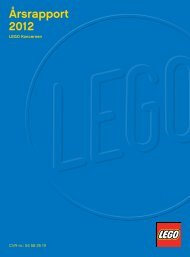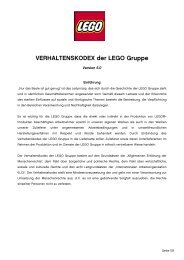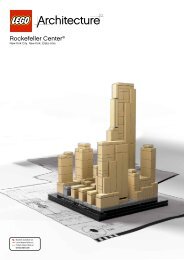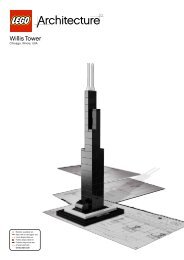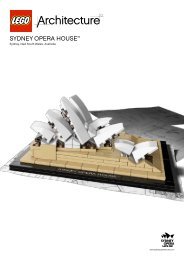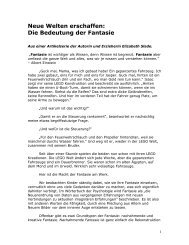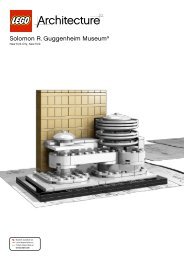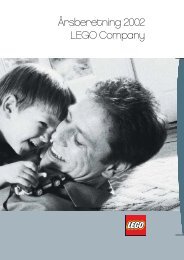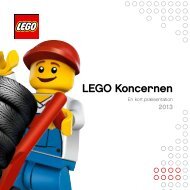James Hoban - Lego
James Hoban - Lego
James Hoban - Lego
Create successful ePaper yourself
Turn your PDF publications into a flip-book with our unique Google optimized e-Paper software.
4<br />
As described above, the pattern of radiating<br />
avenues was joined and fi lled by a gridiron matrix<br />
of streets, which were numbered to the east<br />
and west and lettered to the north and south –<br />
excluding J Street, which L’Enfant omitted to avoid<br />
confusion with the letters I and J that were indistinguishable<br />
and often interchangeable at the time, according to a<br />
1994 Washington Post Magazine article.<br />
Although L’Enfant’s design became the basis for land<br />
sales, construction and planning, President Washington<br />
fi red him a year after he was hired because L’Enfant<br />
“forged ahead regardless of his orders, the budget, or<br />
landowners with prior claims”.<br />
The design competition<br />
In 1792, at Washington’s request, Secretary of State Thomas<br />
Jeff erson announced an architectural competition to<br />
produce design drawings for the President’s House.<br />
Washington insisted that the building should be made of<br />
stone, so that it would have a more substantial appearance,<br />
much like the most important buildings in Europe. The<br />
young nation had never seen anything like it, and that was<br />
what Washington liked about it. The building was to be<br />
more than the home and offi ce of the president; it was to<br />
be a symbol of the presidency. A republic could not have<br />
a king’s palace, but the building must command respect<br />
from citizens in the United States and, just as importantly,<br />
foreign visitors who came to visit America’s leader.<br />
On July 16, 1792, President Washington examined<br />
at least six designs submitted in the President’s House<br />
architectural competition. The plans were quite varied.<br />
One of the designs was by <strong>James</strong> <strong>Hoban</strong>, an Irishman<br />
whom the president had met a year earlier in Charleston. A<br />
second plan was submitted by a mysterious man known<br />
only as “A.Z.”. Historians have speculated that Thomas<br />
Jeff erson was the mystery designer, but records suggest<br />
that the architect in question was more likely John Collins,<br />
a builder from Richmond, Virginia. A third of the six<br />
designs is by <strong>James</strong> Dimond, a Maryland inventor.



